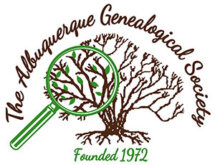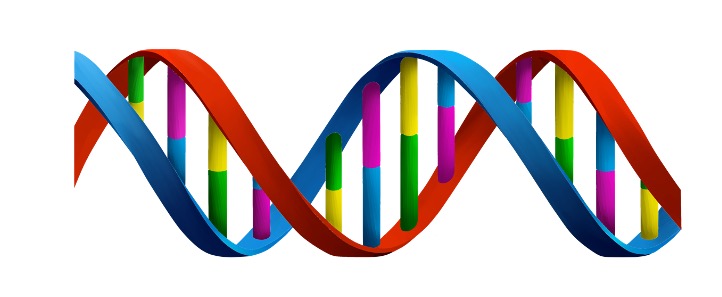by Louise Rosett
For the May Quarterly, I wrote an article describing how Visual Phasing could help you learn which grandparent contributed their DNA to each segment of your chromosomes. I have spent several months working on Phasing my chromosomes.
I tried phasing using the semi-automated method demonstrated by Andy Lee on YouTube. I also followed Blaine Bettinger’s instructions in a video series to create your own spreadsheet. I found Blaine Bettinger’s method the easier one to apply. Neither method solves all your problem areas on the chromosomes where crossover points between two siblings don’t line up. The misalignment could be the result of “fuzzy ends” of the segments or trying to compare DNA results from two different companies or a double crossover.
One way to clarify the proper crossover points is to compare your cousin matches to the chromosomes as you plotted them. Most helpful is to use 1st cousins once removed or second cousins, since you will know which of your grandparents is responsible for that segment. I have two first cousins and one first cousin once removed on my maternal side and no cousins closer than fourth cousin on my paternal side which made this process quite challenging.
What have I learned?
1. It is preferable to have all the siblings you use in your project tested with the same company.
2. If you have a group of siblings in excess of three, begin with just three and then add others later.
3. Start with the highest numbered chromosomes since they are the shortest and will have fewer crossover points.
4. Cousins can help you solve problem areas.
5. Even though I have not been able to solve all the problems with some of the chromosomes, the phased data is useful when used in conjunction with DNA Painter. Together the data from each source can help determine which line an undetermined match might descend from.
6. Don’t expect this to be quick and easy.



